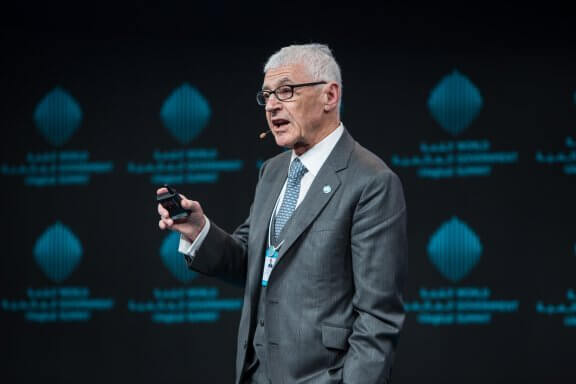Arie Kruglanski is a professor emeritus at the University of Maryland in the United States, born in Poland, he spent most of his life in this North American country, where he contributed to the development of different and important theories.
Although he began studying theories of cognitive closure, he also made contributions in several areas, leaving his discoveries recorded in various articles and books.
- Among Kruglanski’s contributions are the need for cognitive closure (NFC).
- Motivational preparation and the search for meaning.
- In each of these theories it is possible to observe the influence that one has on the others.
- Hence the theory of the search for meaning.
- The last of his theories.
- Aims to explain the motivations of terrorists from his other theories.
The need for cognitive closure developed by Kruglanski corresponds to the desire to give a quick answer to a question or question whose content is confusing or ambiguous, people have a relentless need to search for information, so the need for closure would be what ends this need. research and helps us to form knowledge, so the need for a fence would be necessary on a day-to-day life so that we do not constantly seek information.
Those in great need of closure quickly overcome uncertainty, using the available indices, through these indications, draw conclusions that quickly become strong, in this way, in this way, if the indications are incorrect, the person can even defend a bad posture.
Because members of our groups are the greatest source of certainty and knowledge, they can give us a cognitive closure, so these people end up telling us what the world is like, what to do in every situation, who they are, and why they are important.
“Due to the power of reward, communications are likely to consist of promises and exchanges of information about each party’s positive results for the other, increasing the likelihood of a mutually satisfactory agreement. “-Arie Kruglanski-
According to Kruglanski, people have desires when they want something, desires that can be of any kind, material or symbolic, or even mixed; In addition, on many occasions these desires arise from the influence of the environment or our nearest beings. Desires have two components: magnitude and content. The magnitude is how much we want something and the content of what we want.
On the other hand, we also have an expectation about that desire, the estimated probability that this desire will be satisfied, therefore the expectation will depend on our experiences and what others think, if our friends are sure that we can achieve something, our expectations will be higher. In addition, other factors will influence expectations, such as optimism or cost.
Therefore, the main thing is that a desire is born, although desire and expectation are two aspects that influence each other, in this way, the stronger the desire, the greater the expectation of your satisfaction, in the second case, the greater the expectations, the greater the desire. Then, when they are both great, a goal arises and, therefore, the motivation to adjust to it.
“The obvious basis of conflict may be present in real inequalities in education, but the potential for conflict increases further due to the underlying factors transferred from other situations. “Arie Kruglanski-
Another need we usually have, according to Kruglanski, is the need to make sense, that is, the feeling that we are important, that we have a goal and values that are involved in the decisions we make. sense or find an opportunity to win it, hence the motivation is born. This motivation is the search for meaning, which leads us, as the name suggests, to seek meaning.
Once this motivation is awakened, we will look for ways to achieve meaning, this can come from different narratives or ideologies, if these stories tell us that violence is the only possible way to make sense and that our social network supports the use of violence, We will end up opting for violent extremism.
In other words, if our group supports violence and we seek meaning, we may end up using violence. According to Kruglanski, this is the path the terrorists take.
As we have seen, Kruglanski is responsible for great contributions to psychology. Specifically, it focused on three areas: cognition, motivation and terrorism. His discoveries led him to new knowledge in different fields.
Thus, the theories of cognition and motivation that he developed were a step towards the development of other theories, which today allows us to understand how people become radicalized and end up joining terrorist organizations.

